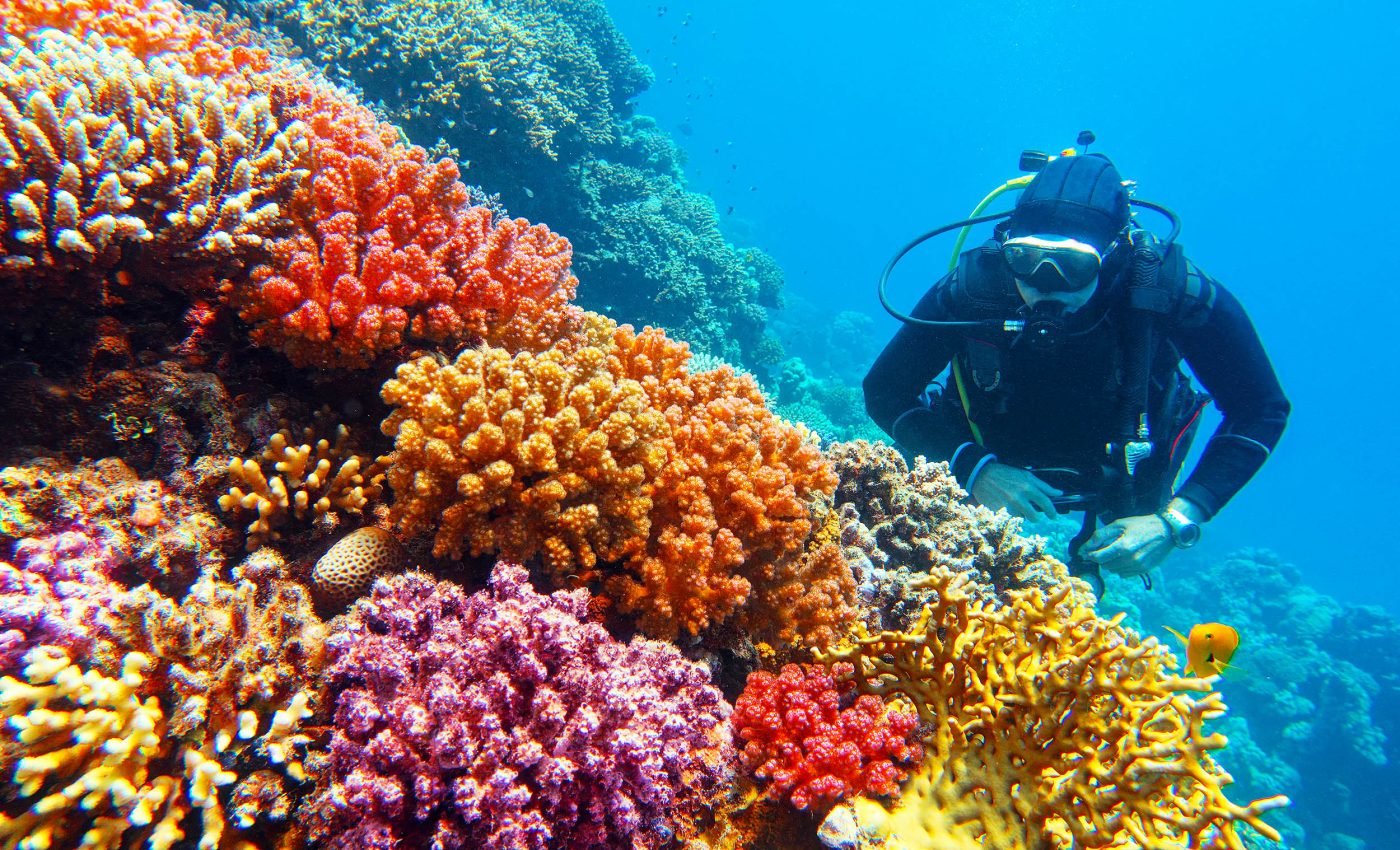
Corals fine-tune their chemistry to survive in today's acidic seas
Some reef-building corals seem to keep making sturdy skeletons even as the ocean grows more acidic. New evidence from long-lived corals suggests they can tweak the chemistry at the site where their skeleton forms, helping them push through conditions that should, in theory, slow them down.
The work, led by CU Boulder researchers and collaborators, looks back over roughly two centuries of rising acidity and finds corals adjusting their internal calcification engine to stay in the game.
Corals adapt to harsh chemistry
“We found that corals were able to regulate the mechanism they use to build and maintain their skeletons despite the ocean becoming more acidic,” said Jessica Hankins, the paper’s first author and a Ph.D. student in the Department of Geological Sciences.
“It’s an unexpected and hopeful signal; however, we need more long-term data to know what it really means.”
Corals grow a hard framework of calcium carbonate. They do it in a thin, hidden zone sandwiched between living tissue and older skeleton – a pocket known as the calcifying fluid.
By moving ions into that space and tuning its chemistry, corals nudge calcium and carbonate to combine into new minerals.
When the ocean soaks up CO₂ from the air, surface waters become more acidic.
That chemistry shift leaves fewer free carbonate ions for corals to grab. Thus, the scientists normally expect weaker skeletons and slower growth as acidification advances.
Lasers reveal coral chemistry
To test that story in real corals over real time, Hankins turned to Raman microspectroscopy. The technique fires a laser at a sample and reads out how molecules are arranged.
It’s been used on rocks, artworks, and proteins. Here, it became a window into coral skeleton chemistry.
As corals lay down minerals quickly – usually when extra carbonate is present – the crystal lattice gets a little messy. Other ions from seawater slip in.
That subtle “disorder” shows up clearly in Raman data. It lets scientists infer when conditions favored rapid growth, even if the surrounding ocean wasn’t cooperating.
“When conditions are favorable, corals seem to prioritize growth, even if that means producing skeletons that are a bit more disordered at the molecular level,” Hankins said.
Corals kept growing anyway
Hankins analyzed two coral skeleton samples from Australia: one nearly 200 years old and the other about 115. One came from the Great Barrier Reef, the other from the Coral Sea.
Across decades in which surface waters acidified, both corals showed signs that they kept the calcifying fluid favorable enough to continue precipitating calcium carbonate.
In plain terms, despite tougher chemistry outside, the corals still managed to build. The Raman signatures pointed to sustained growth and to the kinds of molecular disorder that track with that growth.
How they pulled it off isn’t fully clear. The working suspicion is that fine-tuned control of the calcifying fluid is doing the heavy lifting.
“It could be that the processes corals use to modify and regulate their calcifying fluid are more complex than we’ve been able to constrain previously,” Hankins said.
“More studies are needed to determine if different species, or if the same species in a different location, have similar responses.”
Heatwaves still the big threat
This result doesn’t cancel the other threats piling onto reefs. Heat is the big one. As oceans warm, corals bleach – they expel the symbiotic algae that feed them – and can die if stress persists.
Between 2023 and mid-May 2024, mass bleaching was confirmed in at least 62 countries and territories. Pollution and destructive fishing only add to the strain.
“Corals provide the physical framework that reef ecosystems depend on. If they consistently grow weaker, less-dense skeletons, it could trigger a domino effect that leads to a broader ecological collapse,” Hankins said.
“The ocean may feel distant from Colorado, but it’s not separate. Every system on Earth is connected. What happens to coral reefs reverberates far beyond the shore.”
The bottom line here is nuance. Some corals appear able to compensate for acidification – at least so far, in some places, for some spans of time.
That’s a welcome surprise. It is not proof that all corals everywhere will cope indefinitely, or that skeletons won’t thin as acidification deepens.
Coral chemistry makes stronger skeletons
Skeleton density and growth set the stage for everything a reef does. Stronger frameworks resist storm damage and erosion. They create the nooks and ledges that host fish and invertebrates.
If corals can keep their construction machinery humming under harsher chemistry, reefs have a better shot at holding together while we tackle the root causes.
But durability has limits. Even corals that juggle acidity can still be undone by repeated marine heatwaves.
Any realistic path to reef survival couples nature’s built-in tricks with rapid cuts in greenhouse gas pollution and local protections that reduce compounding stress.
Coral resilience needs testing
The study relies on a small number of well-dated long-lived skeletons. That’s a strength for looking back with precision, and also a call for more sampling.
The big questions now are about breadth.
Do other species show the same resilience? Do corals in different basins or under different currents manage their calcifying fluid the same way? How does this internal buffering interact with heat stress and bleaching?
Answering those questions will show whether this hopeful signal is a quirk of a few hardy colonies – or a widespread, if imperfect, line of defense that buys reefs precious time.
The study is published in the journal Science Advances.
—–
Like what you read? Subscribe to our newsletter for engaging articles, exclusive content, and the latest updates.
Check us out on EarthSnap, a free app brought to you by Eric Ralls and Earth.com.
—–













